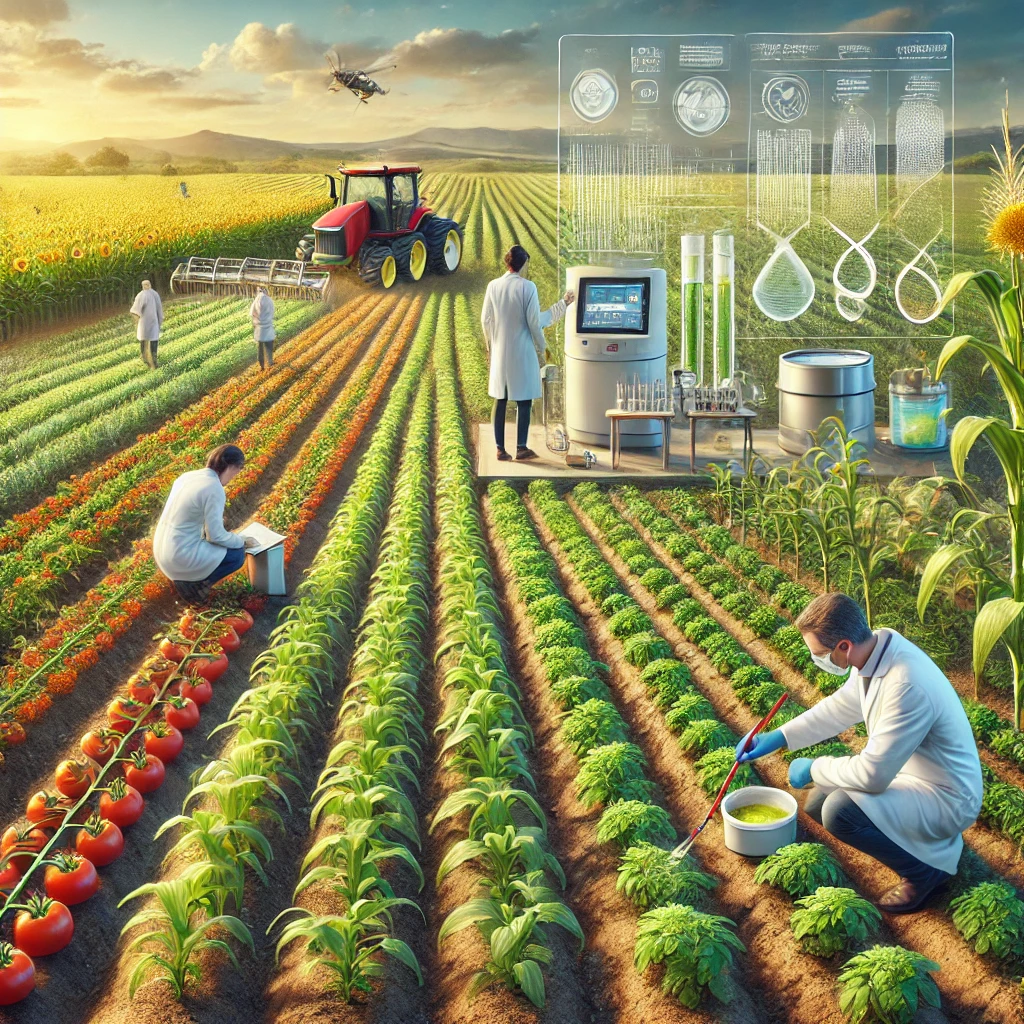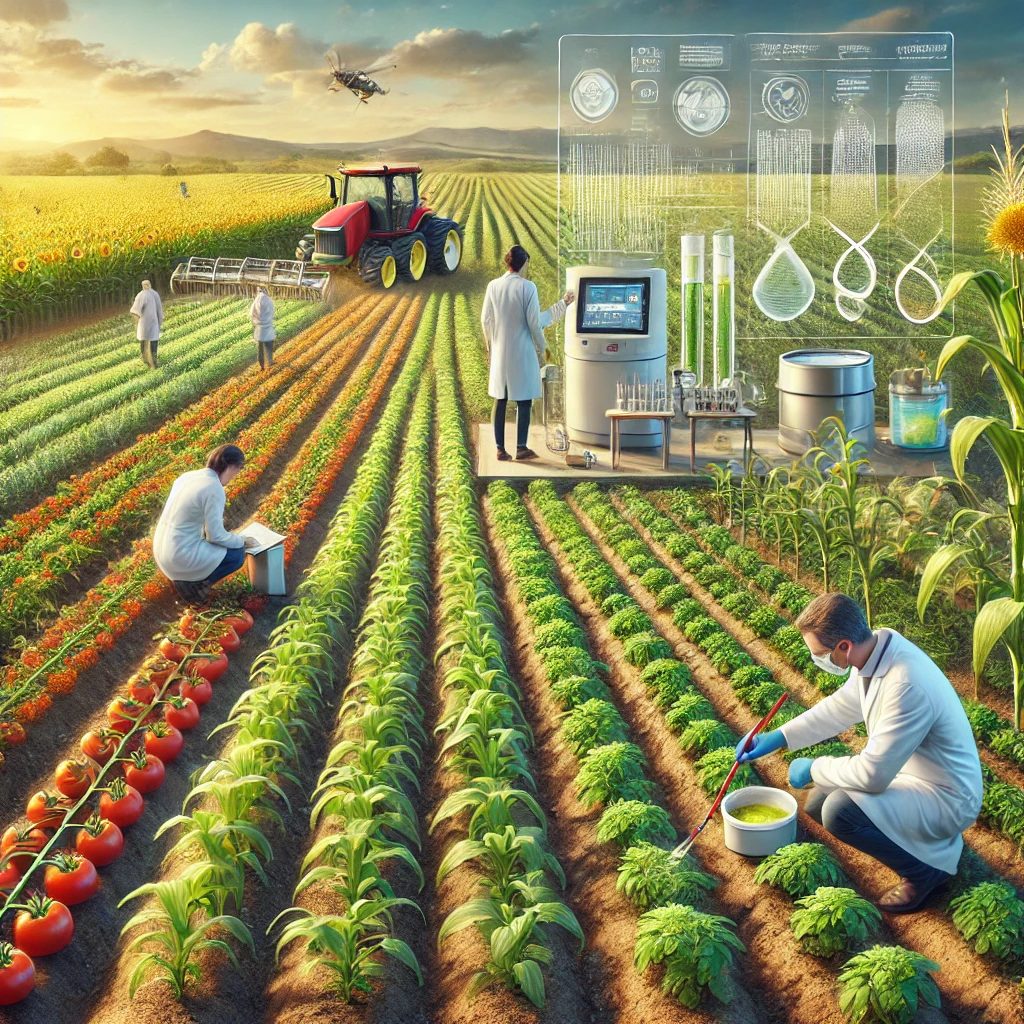
Introduction
Microbiomes, the communities of microorganisms living in a particular environment, play a critical role in various ecosystems, including agriculture. Recent advancements in biotechnology have led to the development of personalized microbiomes for pest control in agriculture. This approach leverages specific microbial communities tailored to individual crops or environments to enhance pest management and promote sustainable farming practices.
Concept of Personalized Microbiomes
Personalized microbiomes involve selecting and applying specific combinations of microorganisms to address the unique needs of different crops or agricultural environments. This method aims to create a balanced microbial community that can suppress pests, enhance plant health, and improve soil fertility. Unlike broad-spectrum pest control methods, personalized microbiomes are designed to target specific pest problems while minimizing impact on non-target organisms.
Benefits of Personalized Microbiomes
- Enhanced Pest Control: Personalized microbiomes can offer targeted pest control by introducing beneficial microorganisms that specifically combat certain pests or diseases. For example, specific bacteria or fungi can be used to suppress pests like aphids or fungal pathogens in a way that is more precise and effective compared to conventional pesticides. This tailored approach helps reduce the reliance on chemical treatments and minimizes environmental impact.
- Improved Plant Health: By creating a supportive microbial environment, personalized microbiomes can enhance plant resilience against pests and diseases. Beneficial microorganisms can promote plant growth, improve nutrient uptake, and strengthen the plant’s natural defenses. This, in turn, leads to healthier crops that are better able to withstand pest pressures and adverse conditions.
- Sustainable Agriculture: Personalized microbiomes contribute to sustainable agriculture by reducing the need for chemical pesticides and fertilizers. By promoting natural pest suppression and enhancing soil health, this approach supports environmentally friendly farming practices. Additionally, personalized microbiomes can help maintain soil biodiversity and ecosystem balance, further supporting sustainable agriculture goals.
Challenges and Considerations
- Microbial Selection and Application: Developing effective personalized microbiomes requires careful selection and application of microorganisms. The chosen microbes must be compatible with the crop and environment, and their effectiveness must be validated through rigorous testing. Additionally, the delivery methods for introducing these microorganisms into the agricultural system must be optimized to ensure successful colonization and activity.
- Regulatory and Safety Concerns: The use of personalized microbiomes in agriculture must adhere to regulatory guidelines to ensure safety and efficacy. It is essential to address potential risks, such as the unintended spread of genetically modified organisms or the impact on non-target species. Regulatory frameworks and safety assessments must be in place to manage these concerns and ensure that personalized microbiome applications are safe for the environment and human health.
- Scalability and Cost: Scaling up personalized microbiome applications from research and pilot projects to large-scale agricultural operations can be challenging.
Future Directions
- Advancements in Microbial Technology: Ongoing research and technological advancements are expected to enhance the development and application of personalized microbiomes. Innovations in genetic engineering, microbial genomics, and delivery systems will contribute to more effective and scalable solutions for pest control. Continued research will improve our understanding of microbial interactions and their role in pest management.
- Integration with Other Pest Control Strategies: Personalized microbiomes should be integrated with other pest control strategies, such as Integrated Pest Management (IPM) and precision agriculture. Combining personalized microbiomes with complementary approaches can enhance overall pest management effectiveness and sustainability.
Conclusion
Personalized microbiomes represent a promising approach to pest control in agriculture by offering targeted, sustainable, and environmentally friendly solutions. While there are challenges to address, advancements in microbial technology and integration with other pest management strategies will pave the way for effective and scalable applications.

